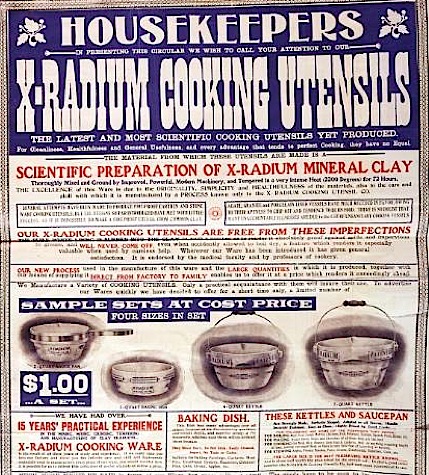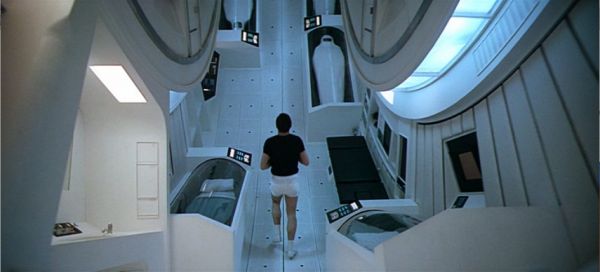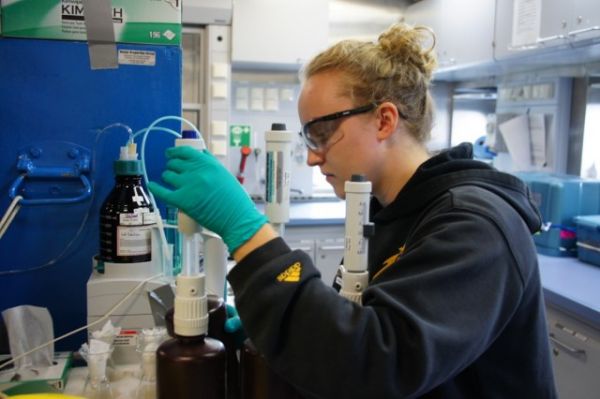Carolina Naturally is read in 197 countries around the world daily.
Love them all ... !
Some of our reader today have been in:
The Americas
Normally
we list a few of the smaller and lessor know cities and towns within
the USA that read this blog. Today however we decided to list a few of
the better known cities and towns within the USA that read this blog.
It shows we're read from coast to coast.
Los Angeles, Kansas City,
Denver, Honolulu, Indianapolis, Birmingham, Brooklyn, Pompano Beach,
Farmingham Center, Colorado Springs, Saint Louis, San Francisco,
Richmond, Baltimore, Chicago, Cincinnati, Atlanta, Mobile, Boise,
Frederick, Newnan, Santa Barabra, New Orleans, New York City, Dallas,
Baton Rouge, Des Monies, Miami, Fort Worth, Lincoln, Pittsburgh,
Houston, West Hollywood, Charlotte, Orlando, Milwaukee, Syracuse, Little
Rock, Tampa, La Cosse, Phoenix, Eau Claire, Ames, Bozeman, Portland and
Fort Lauderdale, United States
Armenia, Colombia
Thunder Bay, Vancouver, Pikangikum, Ottawa, Britannia, Lansing, Montreal, Winnipeg and Galgary, Canada
Curitiba, Brazil
Tijuana, Mexico
Guayaquil, Ecuador
Santiago, Chile
Managua, Nicaragua
Tunapuna, Trinidad and Tobago
Europe
Lyon, Rouen, Cerny, Salon-De-Provence and Paris, France
Bucharest and Slatina, Romania
Seden, Denmark
Bushey, Cambridge, London, Slough and West End of London, England
Novi Sad, Serbia
Funchal, Covilha and Lisbon, Portugal
Tbilisi, Georgia
Rome, Treviso and Prato, Italy
Madrid and Bilbao, Spain
Nokia and Espoo, Finland
Frankfurt Am Main, Sulzbach, Koeln, Rothe Erde and Kaiserslautern, Germany
Sarajevo, Bosnia and Herzegovina
Athens, Greece
Ryazan and Vladivostok, Russia
Kista, Sweden
Dronten, Netherlands
Dublin, Ireland
Ankara, Turkey
Zurich, Switzerland
Asia
Doha, Qatar
Colombo and Kandy, Sri Lanka
Putrajaya, Kuala Lumpur and Kota Kinabalu, Malaysia
Riyadh, Saudi Arabia
Jakarta, Pontianak and Yogyakarta, Indonesia
Bhubaneshwar, Indore, Bangalore and Thiruvananthpuram, India
Tehran, Iran
La Dagotiere and Arsenal, Mauritius
Bangkok, Thailand
Singapore, Singapore
Africa
Tunis, Tunisia
Johannesburg and Berea, South Africa
Al Jizah and Cairo, Egypt
Algiers, Algeria
The Pacific
Sydney and Brisbane, Australia






































